"Layout settings" tab for Primefire 106 presses
The options available in this tab are matched to the Primefire 106 press. This means that options that do not suit this press model are not offered for selection. Other options are matched accordingly.
Note: For Primefire 106 presses, the trimmed size is generally taken from the PDF documents.
"Paper" option
The width and height of a substrate display when you select this substrate. The following is valid for sheetfed digital presses: The substrate sheets shown in the layout section display in the orientation that the sheets have on the press, as seen when standing in front of the press. Then the sheets run through the press from right to left. Accordingly, the "Width" value refers to the dimension of the paper in the direction of travel and the "Height" value to the dimension of the paper perpendicular to the direction of travel.
"Output Condition" list box
This is where you select the output condition defined for the paper used (see Machine setup using output conditions).
"Layout" parameter
"Columns / Rows" options
This is where you define the number of pages/folding sheets on the press sheet.
You always start off with one folding sheet per press sheet. In other words, folding sheet 1 is placed on press sheet 1, folding sheet 2 on press sheet 2, etc.
The "Repeat" option only has an effect if the "Rows" or "Columns" box contains a number equal to or greater than "2".
•"Rows" without "Repeat"
The "Rows" and "Columns" boxes each contain the number 1 and the "Repeat" options are not enabled:

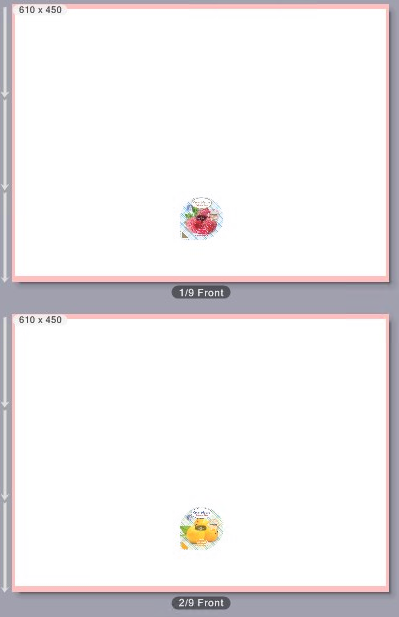
A different subject or folding sheet is placed on each sheet.
Now enter a "2" in the "Rows" box. The "Repeat" options are disabled.
Subjects 1 and 2 are then placed one below the other:

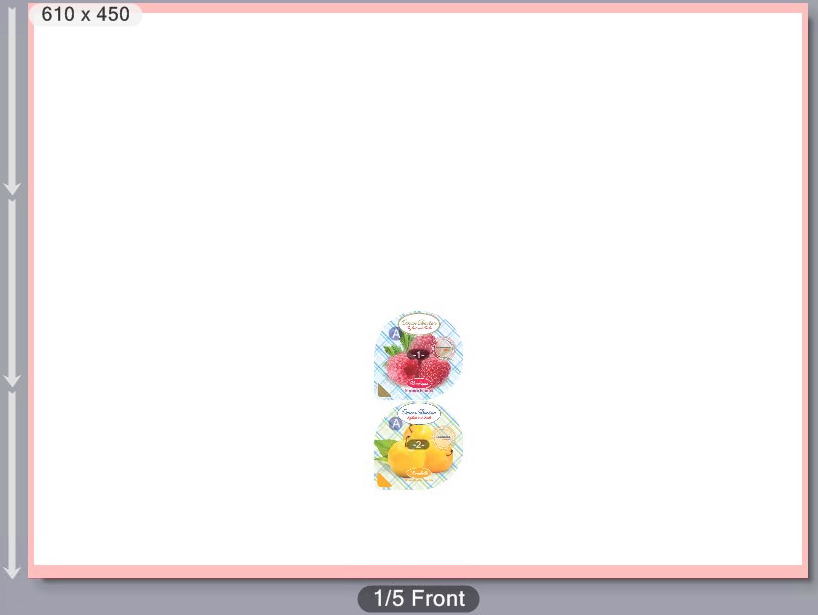
•"Rows" with "Repeat"
Enter "2" in the "Rows" box and enable "Repeat".
Two subjects of the same kind are placed one below the other.

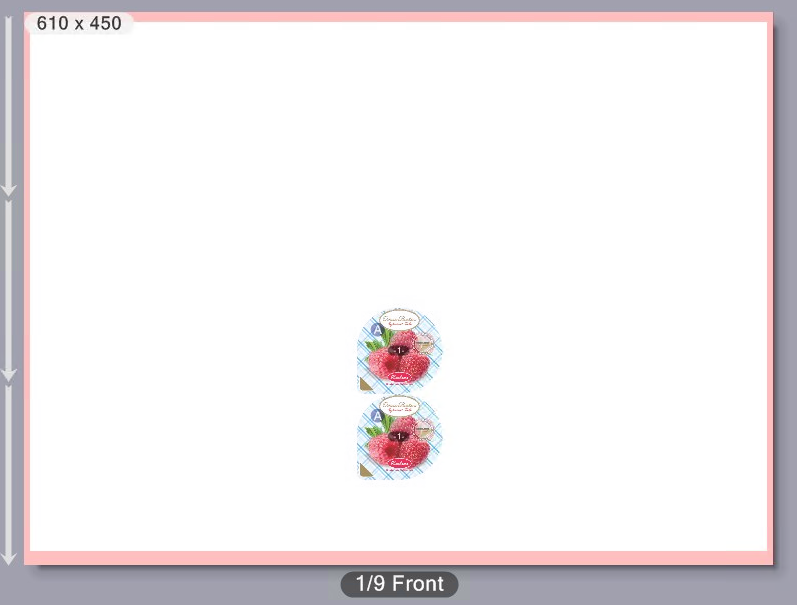
•Rows and columns with Repeat.
Enter a "2" in each case in the "Rows" and "Columns" boxes. The "Repeat" options are enabled.
Four subjects of the same kind are placed on each sheet.

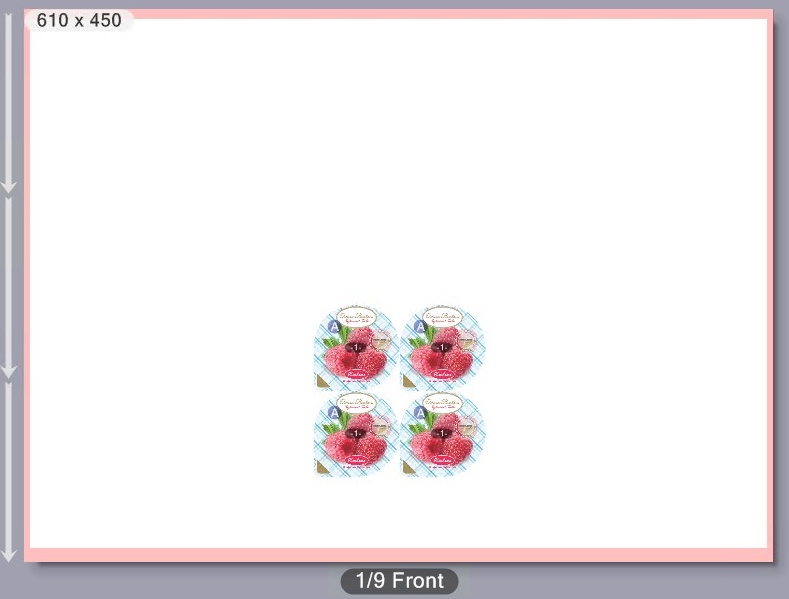
"Rotation" option (angle sign)
In this list box, you can set a rotation angle for all pages/folding sheets placed on the press sheet.
If only one page/folding sheet is placed on a sheet, the rotation angles 0°, 90°, 180° or 270° clockwise are available.
Example: Two pages are placed on a sheet. Parameters: Columns = 2, Repeat = Off.
The angle of rotation is set to "0°":
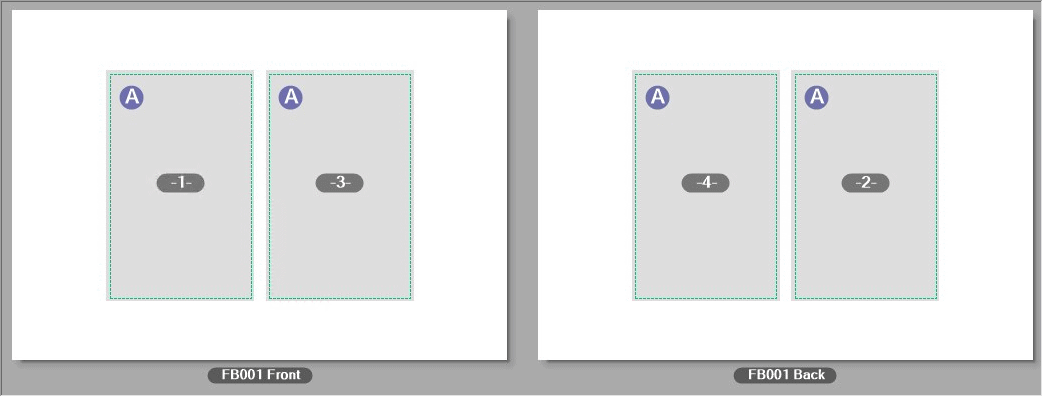
Now the rotation angle is set to "90°":
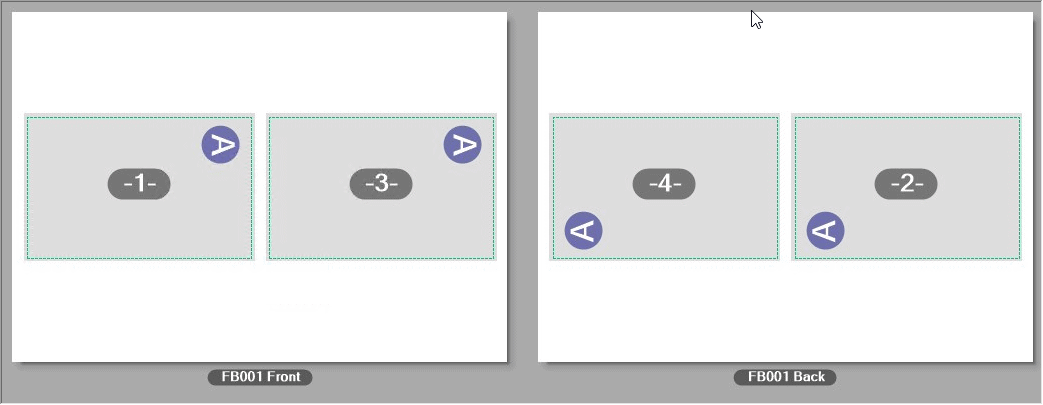
If two or more pages are placed on a sheet, the angles ">< 0°", ">< 90°", ">< 180°" and ">< 270°" are also available as settings. With these settings, the pages/folding sheets on a surface are counter-rotated. In addition, the pages are oriented on the surface in the set angle.
Example: Two pages are placed on a sheet. Parameters: Columns = 2, Repeat = Off.
With a rotation angle of ">< 0°", the pages are rotated to each other so that the pages are counter-rotated on every sheet, with the first page unrotated and the second page rotated by 180°.
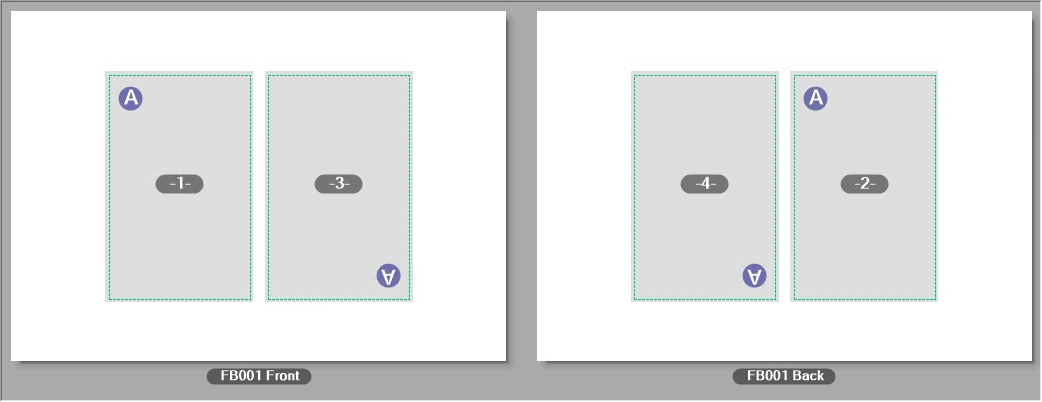
With a rotation angle setting of ">< 90°", the pages are rotated to each other so that the top edges of the pages face each other on each sheet:
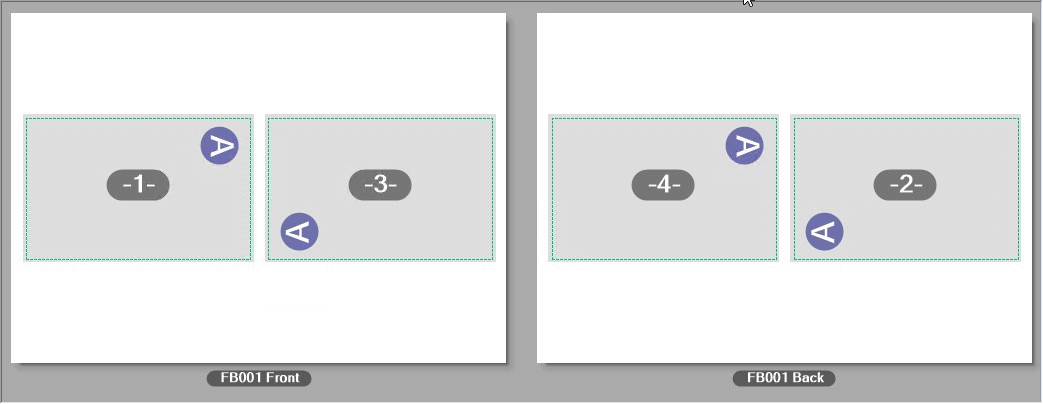
Accordingly, with a rotation angle setting of ">< 270°" the bottom edges of the pages face each other:
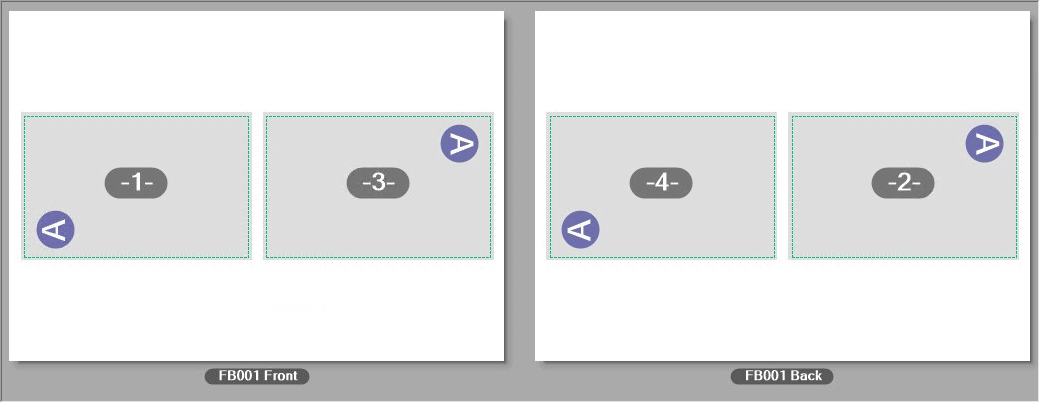
With a rotation angle setting of ">< 180°", the pages are rotated to each other so that the pages are counter-rotated on every sheet, with the first page rotated by 180° and the second page unrotated.
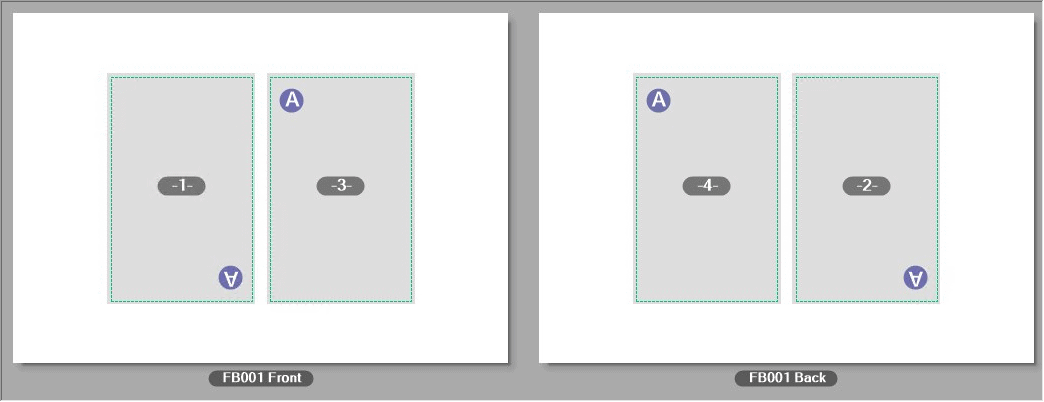
"Spacing between single folding sheets" option
Prerequisite: More than one page/folding sheet is placed in horizontal and/or vertical direction on the sheet.
With these options you can set up the vertical and/or horizontal gap between the pages or folding sheets.
|
|
Vertical gap between folding sheets.
|
|
|
Horizontal gap between folding sheets. |
"Subject Offset" option
"Subject offset" refers to the distance between the subject and the reference point of the press sheet. For sheet material, the reference point with coordinates (0,0) is the bottom left corner of the sheet. This means that subject offset is the distance between the bottom left corner of the subject and the reference point.
Enter the horizontal subject offset (distance to the left margin of the press sheet) in the left input box. Enter the vertical subject offset (distance to the bottom margin of the press sheet) in the right input box.
By default, a zero subject offset "(0,0)" is assigned automatically to each sheet. You can manually define the offset between subjects and their reference points by entering a suitable offset value. Placement of the objects and display in the preview window are matched automatically and, consequently, the objects of the subject are positioned on the substrate as defined in the settings.
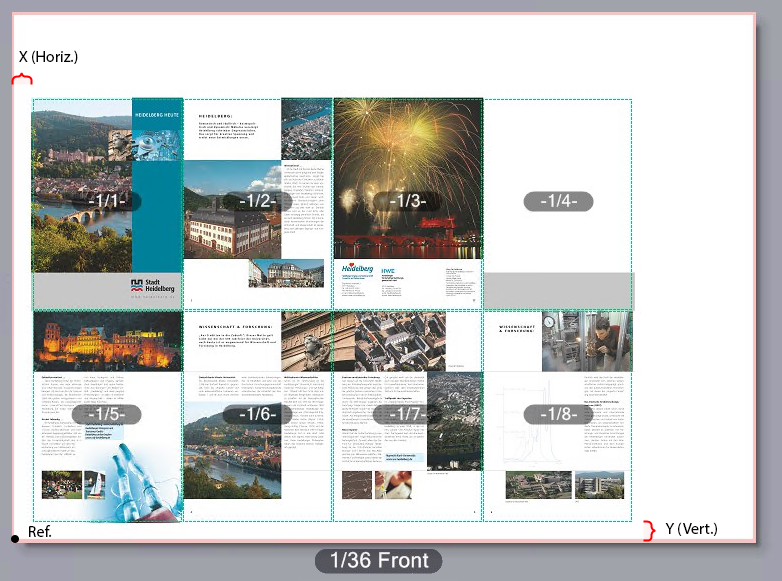
"Horizontal center" option
When you enable this option, the content is centered horizontally on the sheet.
"Bleed" option
You can define a dimension for the bleed in the "Bleed" box.
The "Bleed" determines the maximum width that will still be printed outside the page trim box. For example, if a bleed of 3 mm is set, a border 3 mm wide will be printed outside the page trim box, even if a larger content area outside the trim box is defined in the PDF.